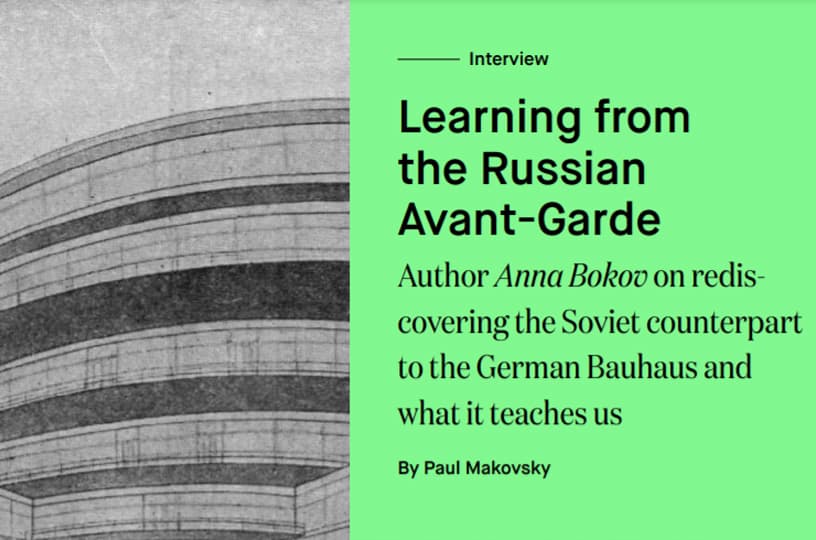Primo Orpilla Interviewed by Paul Makovasky
—How have you managed with the effects of the pandemic in the last year?
It was a year of researching and, then, thinking of what the pandemic does to people’s daily lives. How can we make sure we create new habits and designs that will help bring people back to the office and to make sure that all the good things about the workplace are not lost as we return to our life before the pandemic? This led us to develop O+A’s guide to the workplace in the COVID era, a toolkit that delves into a host of spaces and elements for the office. From the start, we knew we needed to learn everything we could about the virus and how it was going to impact the workplace. You can’t come in trying to consult on this subject with only a topical understanding of the issues around COVID design. You’ve got to run your knowledge through a filter. That was the toolkit project’s aim to run what we were thinking through a filter of experts and then digest and synthesize it into our point of view.
Studio O+A’s guide to the workplace in the COVID era can be downloaded here.
We wanted to take the idea of joy back into our workspaces, so we focused on the behavioral changes that we need to institute. Our free toolkit shows that you should make changes that make the space better, and that it takes baby steps to make people comfortable.
—You grew up on the West Coast, and established your Studio O+A in San Francisco, and now you are spending more and more time in Los Angeles. What is it about LA that you find so attractive?
I love that Southern California is so diverse, not only in the people that live and work there, but in the different industries that you find there. It’s refreshing to feel like peoples’ dreams don’t just revolve around the tech sector. In LA, there are huge sectors in the arts, entertainment and education compared to the tech centric world of the Bay Area or the banking and financial industries of the East Coast.
I know this is a generalization, and Southern California also has tech and financial industries, but the area feels more vast and less concentrated and perhaps, because of that spacing, it feels less overwhelming.
—What are some stores, restaurants, or landmarks in LA that appeal to you?
I love Downtown LA, especially the areas around Grand Central Market where so many different cultures and businesses thrive alongside nearby art galleries like Hauser & Wirth. Also, art, architecture and design stores are more apparent and you feel and see it all there: Hennessey + Ingalls books, Please Do Not Enter design store, and the Japanese hardware store Anzen Hardware are just a few of my favorites. In terms of food, you can’t beat Park’s BBQ in Koreatown and the Hollywood classic Musso & Frank Grill. All in all, it’s a little less stressful than San Francisco, and people actually like outdoor activities!
—What’s on your bucket list of things to do, that you haven’t yet done in LA?
In this order: Joshua Tree, The Griffith Observatory, and I hope to one day soon visit Mammoth Mountain.
Once everyone gets the vaccine, and things return to “normal”, what are some of your favorite things that you’re looking forward to doing in LA?
I really miss the opportunities when people come together, like art openings or simple things like casually meeting with friends for coffee, lunch or dinner.




